When one takes a moment to observe grass up close, a world of intricate beauty unfolds. Each blade, with its unique texture and hue, contributes to a vast tapestry that blankets the earth. The vibrant greens, ranging from deep emerald to soft lime, create a visual feast that can be both calming and invigorating.
The delicate veins running through each blade tell a story of life and resilience, as they transport nutrients and water essential for growth.
Moreover, the beauty of grass is not merely aesthetic; it is also functional.
The way grass sways gently in the breeze creates a soothing rhythm that can evoke feelings of tranquility. This movement is not just for show; it plays a crucial role in the plant’s survival. By bending with the wind, grass minimizes damage from strong gusts, allowing it to thrive in various climates.
Up close, one can also observe the dew that clings to the blades in the early morning light, sparkling like tiny diamonds. This phenomenon is not only visually stunning but also vital for the grass’s hydration, showcasing the delicate balance between beauty and function in nature.
Key Takeaways
- Grass up close reveals intricate and beautiful patterns and structures
- There are various types of grass, each with unique characteristics and adaptations
- Understanding the anatomy of grass helps in appreciating its role in the ecosystem
- Examining grass under a microscope unveils its diverse and fascinating diversity
- Studying grass at a microscopic level is crucial for understanding its adaptation to different environments
Exploring the Different Types of Grass
Grass is an incredibly diverse family of plants, encompassing thousands of species that thrive in various environments around the globe.
For instance, Kentucky bluegrass (Poa pratensis) is renowned for its rich color and dense growth, making it a popular choice for lawns in temperate regions.
Its ability to spread through underground rhizomes allows it to fill in bare patches, creating a lush carpet that is both beautiful and functional. On the other hand, Bermuda grass (Cynodon dactylon) is favored in warmer climates due to its drought resistance and rapid growth. This species is often used on golf courses and athletic fields because it can withstand heavy foot traffic while maintaining its vibrant appearance.
Additionally, there are ornamental grasses like Miscanthus sinensis, which are cultivated for their striking plumes and architectural forms. These grasses not only enhance landscapes but also provide habitats for various wildlife species. The diversity within the grass family illustrates how these plants have evolved to meet the demands of their specific environments while serving multiple purposes for both humans and ecosystems.
Understanding the Anatomy of Grass
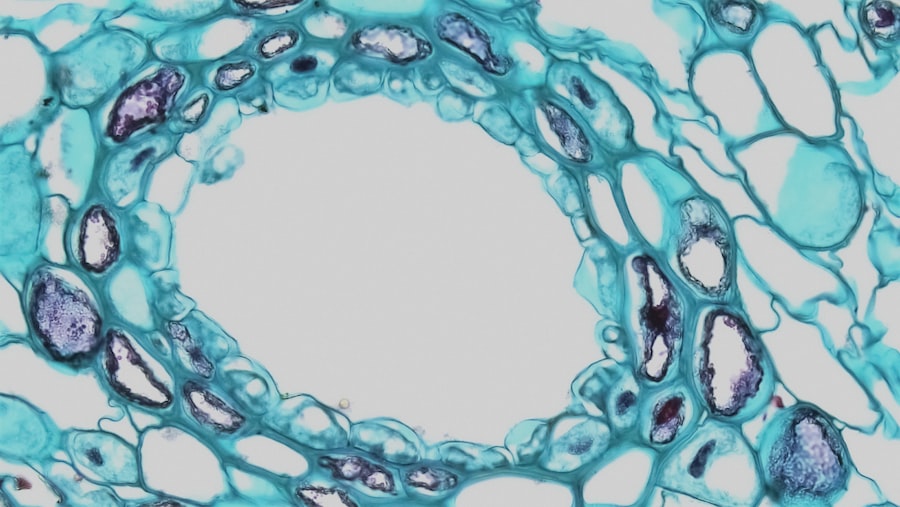
To truly appreciate grass, one must delve into its anatomy, which reveals the complexity and efficiency of these seemingly simple plants. At first glance, a blade of grass may appear uniform, but upon closer inspection, it consists of several distinct parts: the blade itself, the sheath that encases the stem, and the nodes from which new growth emerges. The blade is typically flat and elongated, designed to maximize sunlight absorption for photosynthesis.
Its surface may be smooth or textured, depending on the species, which can influence water retention and evaporation rates. The sheath plays a crucial role in protecting the stem while also facilitating nutrient transport from the roots to the leaves. Grass plants exhibit a unique growth pattern known as “intercalary meristem,” which allows them to grow from the base rather than the tip.
This adaptation is particularly advantageous in grazing environments where herbivores may consume the upper portions of the plant. By growing from the base, grass can quickly recover from damage and continue to thrive. Understanding this anatomy not only highlights the resilience of grass but also underscores its importance in various ecosystems.
The Role of Grass in the Ecosystem
| Aspect | Metrics |
|---|---|
| Primary Producer | Grass is a primary producer in the ecosystem, converting sunlight into energy through photosynthesis. |
| Soil Erosion Control | Grass roots help to hold soil in place, preventing erosion and maintaining soil stability. |
| Habitat and Food Source | Grass provides habitat and food for a variety of animals, including insects, birds, and grazing mammals. |
| Oxygen Production | Grass, like other plants, releases oxygen into the atmosphere as a byproduct of photosynthesis. |
| Carbon Sequestration | Grass helps to sequester carbon from the atmosphere, playing a role in mitigating climate change. |
Grass plays an indispensable role in maintaining ecological balance across diverse environments. As primary producers, grasses convert sunlight into energy through photosynthesis, forming the foundation of many food webs. They provide sustenance for a myriad of herbivores, from insects to large mammals like bison and elephants.
In turn, these herbivores support carnivorous species that rely on them for food, illustrating how grasses are integral to sustaining biodiversity. Beyond their role as food sources, grasses contribute significantly to soil health and stability. Their extensive root systems help prevent soil erosion by anchoring the soil in place and promoting water infiltration.
This is particularly important in areas prone to flooding or drought, where grass can help regulate water levels and maintain soil structure. Additionally, grasses play a vital role in carbon sequestration; they absorb carbon dioxide from the atmosphere during photosynthesis and store it in their biomass and soil. This process not only mitigates climate change but also enhances soil fertility by contributing organic matter.
Examining the Diversity of Grass Under Microscope
When viewed under a microscope, grass reveals an astonishing level of diversity that is often overlooked by the naked eye. The cellular structure of grass blades showcases a complex arrangement of cells that contribute to their unique properties. For instance, chloroplasts within these cells are responsible for photosynthesis, allowing grasses to harness sunlight efficiently.
The arrangement of these chloroplasts can vary significantly between species, influencing their overall growth patterns and adaptability. Furthermore, examining grass at a microscopic level uncovers various adaptations that enhance survival in different environments. Some species possess specialized cells known as bulliform cells that help regulate water loss during periods of drought by folding or rolling up their leaves.
This adaptation is crucial for grasses that thrive in arid regions where water availability is limited. Additionally, the presence of silica bodies within certain grasses provides structural support and deters herbivory by making them less palatable to grazing animals. Such microscopic features highlight the evolutionary ingenuity of grasses and their ability to thrive under diverse conditions.
The Fascinating Patterns and Structures of Grass
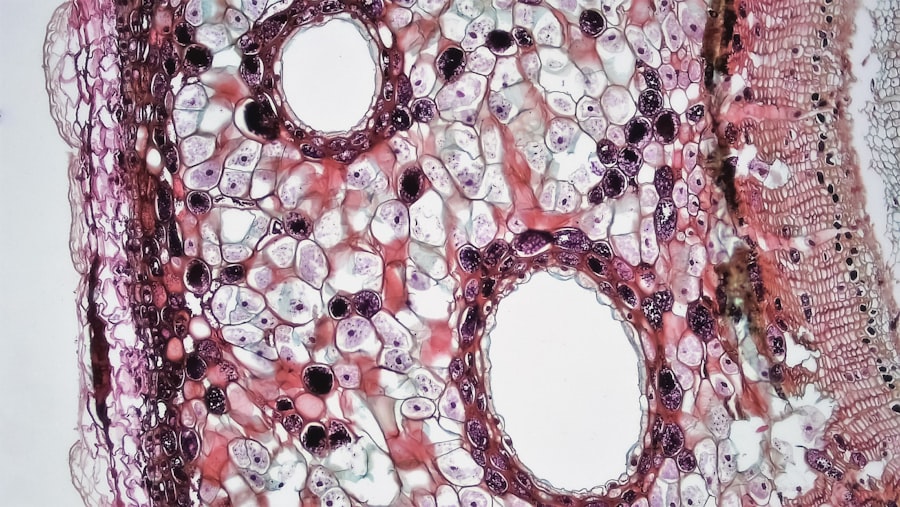
The patterns and structures found in grass are not only visually captivating but also serve essential functions within ecosystems. One notable feature is the arrangement of leaves along the stem, known as phyllotaxy. This arrangement can vary widely among species; some exhibit alternate leaf patterns while others display whorled or spiral formations.
Such variations optimize light capture and minimize shading among leaves, allowing each blade to receive adequate sunlight for photosynthesis. Additionally, many grasses produce inflorescences—clusters of flowers—that exhibit intricate patterns and structures designed for efficient pollination. These flowering structures can take on various forms, from spikelets to panicles, each adapted to attract specific pollinators such as bees or wind currents.
The diversity in flowering patterns not only enhances reproductive success but also contributes to genetic diversity within grass populations. Observing these patterns reveals how grasses have evolved over time to maximize their chances of survival and reproduction in an ever-changing environment.
How Grass Adapts to Different Environments
Grass species have developed remarkable adaptations that enable them to thrive in a wide range of environments—from arid deserts to lush wetlands. One key adaptation is their root system; many grasses possess deep taproots or extensive fibrous roots that allow them to access water and nutrients from various soil layers. For example, deep-rooted grasses like big bluestem (Andropogon gerardii) can survive prolonged droughts by tapping into groundwater reserves that shallower-rooted plants cannot reach.
In addition to root adaptations, grasses have evolved various strategies for coping with extreme temperatures and moisture levels. Some species exhibit drought tolerance by entering a state of dormancy during dry periods; they may lose their leaves but remain alive underground until conditions improve. Conversely, certain grasses are adapted to wet environments with specialized aerenchyma tissue that facilitates gas exchange in waterlogged soils.
These adaptations highlight the resilience of grasses and their ability to colonize diverse habitats while maintaining ecological balance.
The Importance of Studying Grass at a Microscopic Level
Studying grass at a microscopic level offers invaluable insights into plant biology and ecology that can inform conservation efforts and agricultural practices alike. By examining cellular structures and adaptations, researchers can better understand how grasses respond to environmental stressors such as climate change or habitat loss. This knowledge is crucial for developing strategies aimed at preserving native grasslands and promoting sustainable land management practices.
Moreover, microscopic studies can reveal potential applications in biotechnology and agriculture. For instance, understanding how certain grasses resist pests or tolerate drought could lead to the development of more resilient crop varieties that require fewer resources while maintaining high yields. Additionally, insights gained from studying grass anatomy may inspire innovative approaches to bioengineering materials or creating sustainable building practices using natural resources.
In conclusion, exploring grass at both macroscopic and microscopic levels unveils a world rich with complexity and beauty. From their vital role in ecosystems to their diverse adaptations across environments, grasses are essential components of our planet’s biodiversity. As we continue to study these remarkable plants, we deepen our appreciation for their contributions to both nature and human society.
If you are interested in exploring the microscopic world, you may also enjoy reading about the power of Venn diagrams in visualizing relationships and testing validity. Check out this article to learn more about how these diagrams can help you analyze complex data and make connections between different concepts.
FAQs
What is the purpose of examining grass under a microscope?
Examining grass under a microscope allows scientists and researchers to study the cellular structure, composition, and characteristics of different types of grass. This can provide valuable insights into the health, growth patterns, and potential uses of various grass species.
What can be observed when examining grass under a microscope?
When examining grass under a microscope, one can observe the cellular arrangement, chloroplasts, stomata, trichomes, and other structures that make up the grass plant. This can provide information about the plant’s health, growth patterns, and adaptations to its environment.
How does examining grass under a microscope contribute to scientific research?
Examining grass under a microscope contributes to scientific research by providing detailed insights into the cellular and molecular characteristics of different grass species. This information can be used to develop new agricultural practices, improve turf management, and study the effects of environmental factors on grass growth.
What are the potential applications of studying grass under a microscope?
Studying grass under a microscope can have various applications, including improving crop yields, developing drought-resistant grass varieties, and understanding the ecological roles of different grass species. It can also be used to identify and control grass diseases and pests.
What are some common techniques used to examine grass under a microscope?
Common techniques used to examine grass under a microscope include preparing thin sections of grass tissue, staining the samples to enhance visibility of certain structures, and using different magnifications to observe the cellular details of the grass plant.
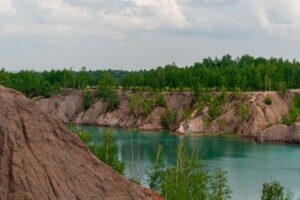









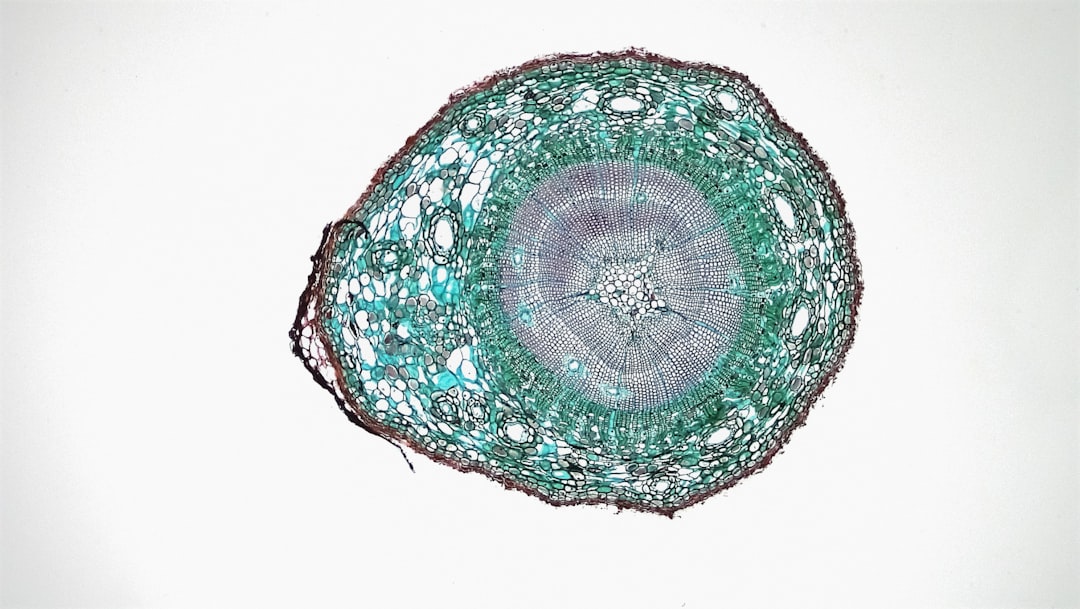
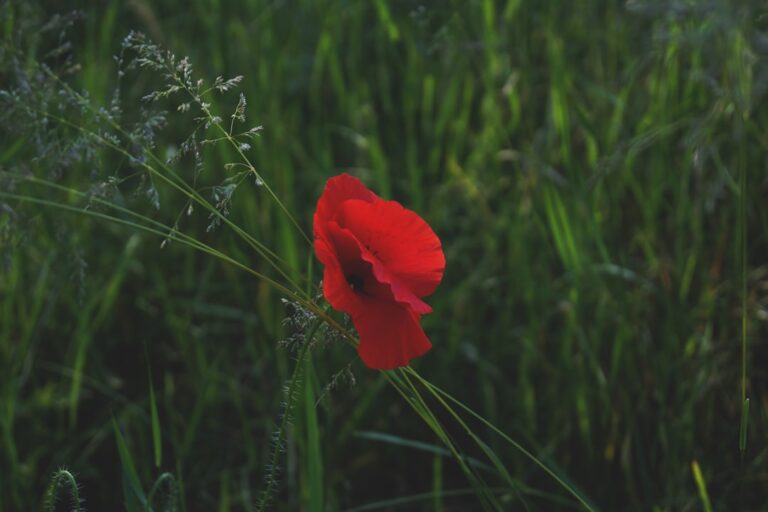






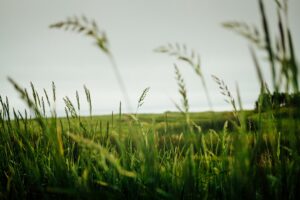





+ There are no comments
Add yours